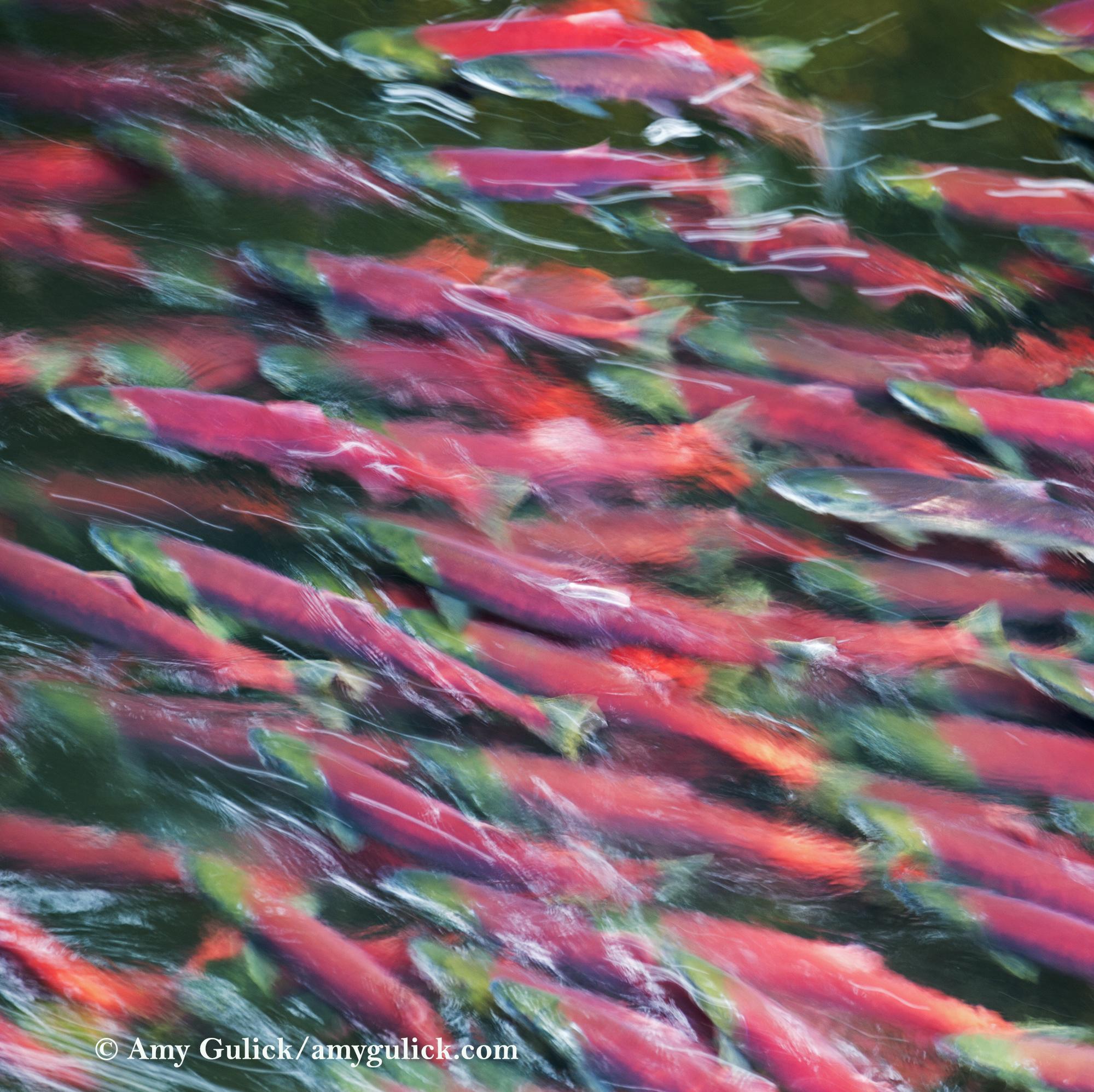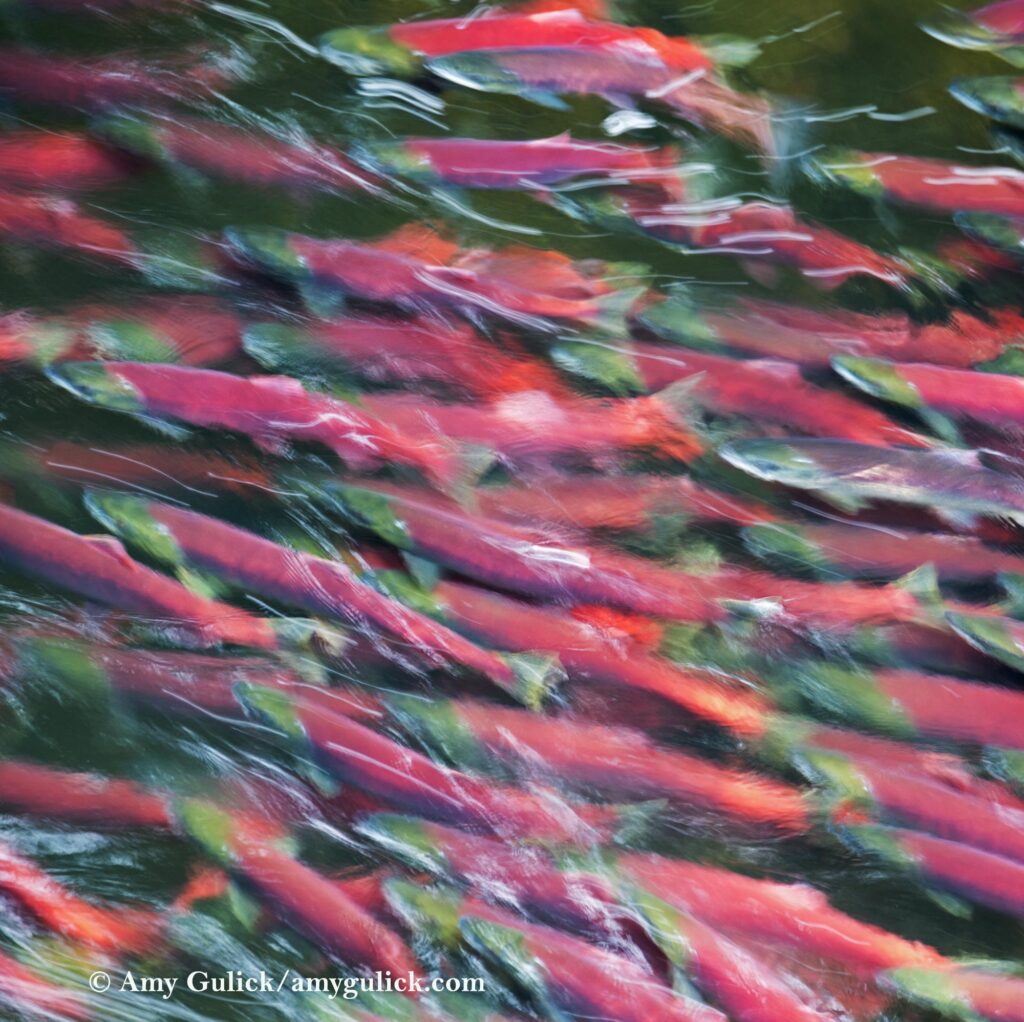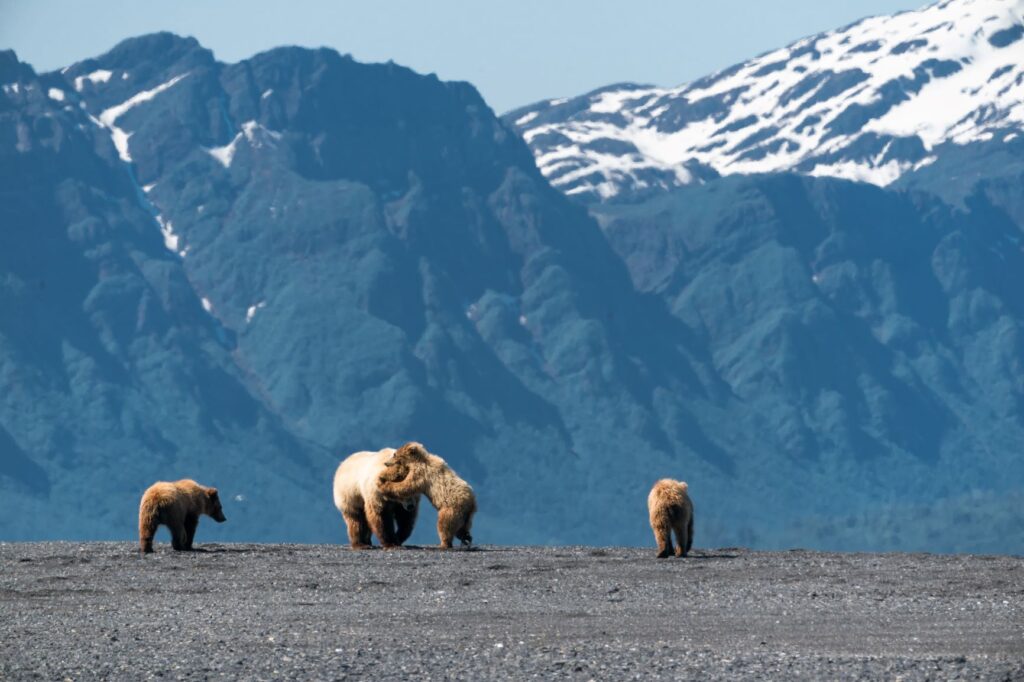
Failure is the new complicity
We submitted over 400 pages in comments on the Army Corps’ draft environmental impact statement for the proposed Pebble mine showing that it is inadequate and violates the law. The draft EIS needs to be withdrawn and Pebble’s permit rejected.

Comments from the State of Alaska, the Department of the Interior and the Environmental Protection Agency agree that the draft EIS’s unsubstantiated conclusions and information and data gaps fail to meet the requirements of the law and underestimate the actual risks associated with the proposed Pebble Mine.
So how did such a failed document end up in front of us?
Undermining the process is the point – Garbage In, Garage Out
The environmental review process only works when the applicant provides a realistic, detailed application, and the agency makes sure that the required information has been provided. Neither of these things happened.
The draft EIS for the Pebble project never should have been released.
In fact, months before the Army Corps pushed out its draft EIS, cooperating agencies reviewed a preliminary draft and pointed out its many problems. The Army Corps decided to ignore and dismiss them.
Instead, it pushed out what it put into it: shoddiness.
The fact that the State of Alaska, EPA, the Fish and Wildlife Service, National Park Service, thousands of scientists, and the public identified the same concerns with the draft EIS should be a red flag that the Army Corps is being willfully complicit with industry interests, or is terribly incompetent.
Go back to the drawing board
Both Pebble and the Army Corps need to do a hard reboot. They need to go back to the drawing board and respond thoroughly and with substance to all the concerns and questions posed by scientists, agencies, communities, and the public.

Step one, a simple request, is for Pebble to submit a complete application with actual details, not concepts and to-be-determined measures.
Step 2 is for the Corps to ensure the application is complete and then work with cooperating agencies to consider all the relevant aspects of the project. If the Corps takes these steps in earnest, it could lead to a draft environmental impact statement that is received by the scientific community, government agencies, and the public as adequately characterizing the impacts and risks of this project.
Letting industry bully and blunder its way through processes meant to protect water, land, wildlife and people only gives bad projects a foot in the door of continued bullying and blundering. Alaska deserves better than that. In fact, we demand it


